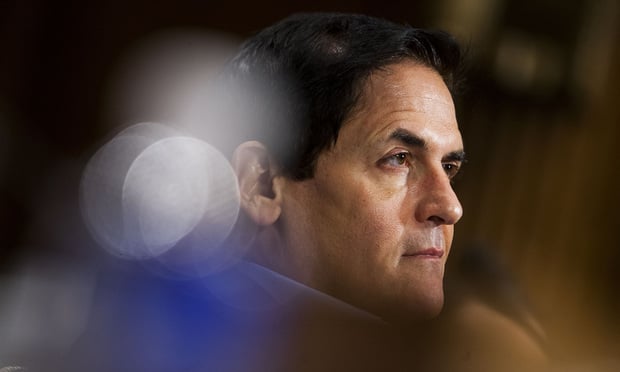The Ethics & Compliance Initiative is offering employers a free case study, #RespectAtWork, designed to help managers facilitate a conversation with their employees about ways to respond to sexual misconduct, and the importance of working together to maintain a respectful workplace.
“The time has come to begin a conversation about respect as a core value in our workplaces, so that our employees have a shared understanding about how they should treat one another,” says Patricia Harned, CEO of ECI. “Respect as a standard also provides a common language to help individuals raise and resolve sensitive concerns.”
The resource contains a case study handout that can be distributed to employees in the context of a meeting. Accompanying this is a leader's guide that includes step-by-step instructions for managers, tips for leading the session, and a script to lead the conversation. Questions for discussion are also included.
Here are excerpts from the case study:
Employee Heather has a meeting with her new boss, Brandon.
“Heather, I’m really impressed with you,” Brandon says. “You’ve got great ideas. You’re sharp. I’m sure it’s been hard for you around here. People sometimes just don’t take beautiful women seriously.”
As Brandon walks Heather to the door, he comments on her blouse: “It’s very…attractive. Be careful. You wouldn’t want to give a guy the wrong idea.”
Heather can feel his gaze. He opens his office door, then guides her out, his hand on her back. It lingers a few seconds, then slides a hair too low.
Later, after an evening meeting, Heather asks herself, “Who asks you to sit on a couch to talk about work? Who sits that close by accident? Never has my boss sat so that his knee was brushing against mine. I also don’t remember any supervisor ever who felt the need to remind me over and over that he’s ‘over me’ now and that I’m ‘under him.’ All I know is that I want to go home, take a shower, and scrub off this feeling.”
The next Monday, Heather tells Brandon’s assistant Crystal what happened. “That b@$t@rd!!” Crystal exclaims. “I can’t believe him. I thought about warning you. This can’t keep happening.”
After Heather tells Brandon’s boss, Jack, he says, “Listen, I don’t want you to feel unsupported or unsafe. I’ll make sure he’s taken the sexual harassment training module, so you shouldn’t have any more misunderstandings. I don’t think you should give it another thought. If you’re ever going to make it as a manager, you’ve got to be willing to let a little unpleasantness roll off your back. Just keep in mind the big picture.”
The case study then recommends asking workers these questions: Do Brandon’s actions seem realistic? Why or why not? Jack wants to see the situation as being more innocent than it is. Why? What should be an indicator to him that this is more than a “misunderstanding?” At times, Heather wonders if it’s her fault, if she did something to cause the situation, if she should have known better. If you knew Heather, what would you tell her? What should Heather do next? What should Jack do? Crystal?
The case study then poses questions geared to show the relevance of this situation to one’s own workforce, and the ways an employer – and their employees – might address the issue.
One question pertains to behaviors that don’t break the rules but still make people feel uncomfortable. It asks, "Would each of the following make you uncomfortable? Why or why not? Being asked out by a coworker; meetings when there are only two people in the office; suggestive jokes; a colleague who wears revealing clothing."
The case study then recommends that managers ask workers where they think employees can turn for help if they have a question, and do they think people feel comfortable using these resources? Why or why out?
In the leaders guide, ECI writes that the goal of the exercise is for worker teams to consider how decisions and situations may – whether intentionally or unintentionally – make others feel. They should discuss how to create a positive, safe work environment where all employees are respected, treated with dignity, and able to do their best work; talk about the resources available to employees to ask questions, seek guidance, or raise a concern; and walk through what happens when issues surface, including what managers and the employees can and should do.
The leaders guide then details the best format and tools to use to conduct the discussion, recommends how managers should lead the discussion, suggests specific remarks, and provides tips for troubleshooting if the discussion gets too heated and personal, if participants defend an unethical position, or if inappropriate topics outside the discussion are raised.
The case study is a special edition of ECI's monthly Talking the Walk case study series. The approach of the series comes from ECI's research, revealing that the best way to stimulate learning and organizational change is through manager-led discussion of case studies with their employees. Through the Talking the Walk series, the ECI provides its members a monthly case study to facilitate the professional development of ethics & compliance (E&C) practitioners. Ordinarily the cases focus on E&C issues for E&C teams.
© 2025 ALM Global, LLC, All Rights Reserved. Request academic re-use from www.copyright.com. All other uses, submit a request to [email protected]. For more information visit Asset & Logo Licensing.








